404 Views
Columbine (Aquilegia) a Beautiful Spring Bloomer to Share

by
The Garden Frog with C Renee
(IC: blogger)
In April (here in zone 7) the Columbines start to bloom and by the early part of may the plants are usually filled with the delicate flowers. I love these spring blooming plants and have found in my experience that giving them morning sun and afternoon shade ensures large plants! They are a prolific self seeder if allowed or a great plant to share with friends across the street or across the country. I throw down the seeds after I collect them off the plant and many come up during the summer. This spring bloomer can get large if it likes the spot but most times it grows along with the other plants beautifully.
Columbine (Aquilegia) are for zones 3-9 so just about anyone in the US can grow these beauties. In the lower zones from 5 and under, you can even grow them in the sun. They reseed themselves and you will never know if it is the original plant. Here in zone 7 (at least for me) they are semi evergreen and only die back in the dead of winter when the temps dip to the teens for a few weeks. This is also a flower loved by hummingbirds in early to mid spring and even during gully washer rainstorms here in VA the blooms do not waiver or crush under the attack.
I have several varieties that stay strong here in my gardens. I collect the seeds during the middle of June right before the seed pods turn brown. To check for the readiness of the seed harvest, go up and gently shake the seed pods and listen for the rattle of the seeds. If you hear a rattle they are ready to be cut off the plant and shipped off to friends. Try not to pick them if they do not rattle-I have found in my experience the germination rate drops if you get too anxious. I also make sure the pods dry in a plastic dish or container NOT covered until they are completely dried to avoid mold.
I have a white and pink ruffled Columbine that is now 3 years old and is about 2 1/2 feet tall with the blooms and seed pods. It is huge and no one else who has this plant around can boast such a huge plant. My purple columbine in the front yard bed is also larger than the other purple ones throughout the gardens and it has a spread at least 18" wide and 24" high.
I have a white Columbine mixed in a pot with a hosta that came up voluntarily and has gone to see so I have to collect the seeds after the rains. I had several white plants scattered about in beds but they did not survive the brutal attack by all the moles, voles, and dogs.
I also have one that is very close to blue (and looks blue in the pics). I love this color next to the hosta in my shade garden because the color just seems to glow in the shade.
My newest addition this spring is a very pale pink that just popped up out of nowhere. I hope I remembered what plant it is to save the seeds and put them in a special place to sow and grow and hope that it is a new color for me. Now I
I hope to add many more colors but right now room is an issue-I am kind of running out of it. I had to re- create some back beds since we have dogs who love to play and hunt for critters.
This year I have a bumper crop of the pink and white ruffles and the purple to trade for other colors. I cannot wait to see what next spring brings me!
Happy gardening everyone and do not forget to check out my blog!
Columbine (Aquilegia) are for zones 3-9 so just about anyone in the US can grow these beauties. In the lower zones from 5 and under, you can even grow them in the sun. They reseed themselves and you will never know if it is the original plant. Here in zone 7 (at least for me) they are semi evergreen and only die back in the dead of winter when the temps dip to the teens for a few weeks. This is also a flower loved by hummingbirds in early to mid spring and even during gully washer rainstorms here in VA the blooms do not waiver or crush under the attack.
I have several varieties that stay strong here in my gardens. I collect the seeds during the middle of June right before the seed pods turn brown. To check for the readiness of the seed harvest, go up and gently shake the seed pods and listen for the rattle of the seeds. If you hear a rattle they are ready to be cut off the plant and shipped off to friends. Try not to pick them if they do not rattle-I have found in my experience the germination rate drops if you get too anxious. I also make sure the pods dry in a plastic dish or container NOT covered until they are completely dried to avoid mold.
I have a white and pink ruffled Columbine that is now 3 years old and is about 2 1/2 feet tall with the blooms and seed pods. It is huge and no one else who has this plant around can boast such a huge plant. My purple columbine in the front yard bed is also larger than the other purple ones throughout the gardens and it has a spread at least 18" wide and 24" high.
I have a white Columbine mixed in a pot with a hosta that came up voluntarily and has gone to see so I have to collect the seeds after the rains. I had several white plants scattered about in beds but they did not survive the brutal attack by all the moles, voles, and dogs.
I also have one that is very close to blue (and looks blue in the pics). I love this color next to the hosta in my shade garden because the color just seems to glow in the shade.
My newest addition this spring is a very pale pink that just popped up out of nowhere. I hope I remembered what plant it is to save the seeds and put them in a special place to sow and grow and hope that it is a new color for me. Now I
I hope to add many more colors but right now room is an issue-I am kind of running out of it. I had to re- create some back beds since we have dogs who love to play and hunt for critters.
This year I have a bumper crop of the pink and white ruffles and the purple to trade for other colors. I cannot wait to see what next spring brings me!
Happy gardening everyone and do not forget to check out my blog!
The Purple blooms up while most of the other colors bloom down
this is how large my purple plant is The seeds are ready to be collected!
Just dangles looking so fragile but they are not!
The color is so pretty
This is my blue one and she is a beauty
My pink one from last year that I could not find this year-was in an area where the dogs hunted for the moles.
Trying to show how large the pink and white ruffled was on May 8th and it grew even more after this pic was taken
Enjoyed the project?

Want more details about this and other DIY projects? Check out my blog post!
Published June 12th, 2014 1:03 PM
Comments
Join the conversation
1 comment
-
I love how columbine self-sows. Mother Nature's spacing is always more interesting than our own.
 Douglas Hunt
on Jun 13, 2014
Douglas Hunt
on Jun 13, 2014
-



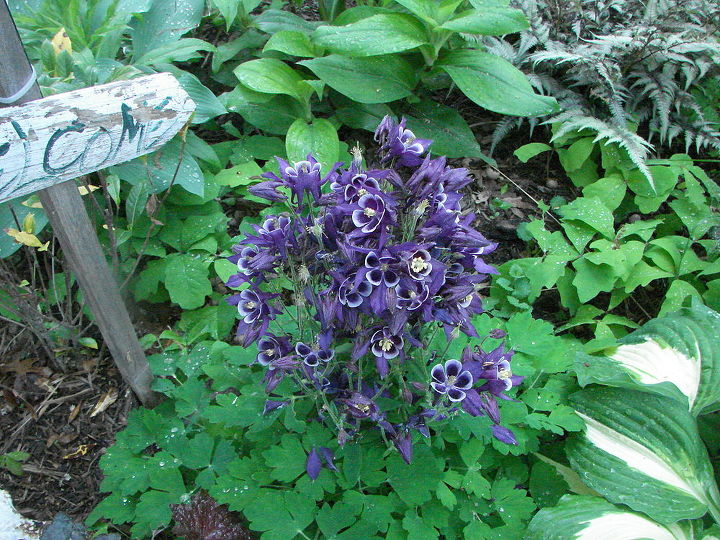
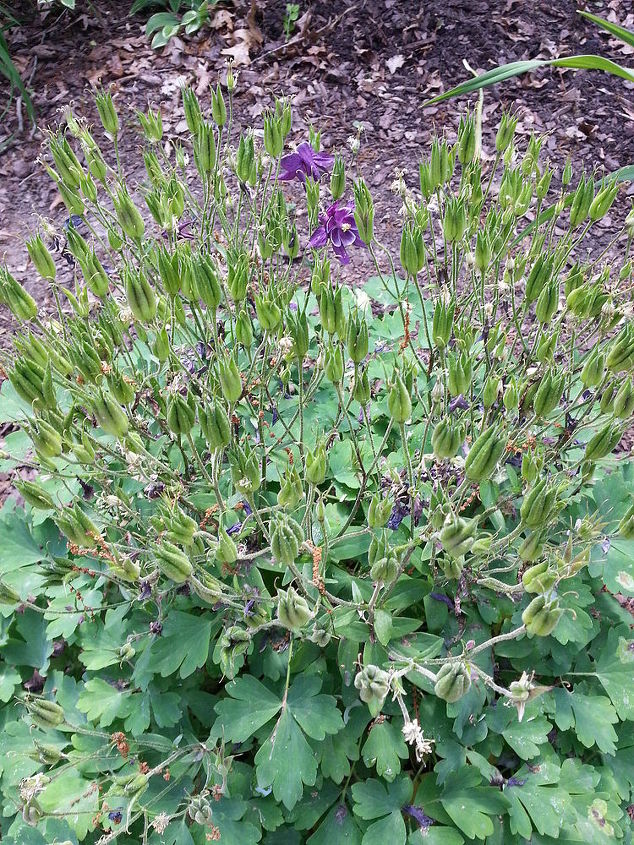
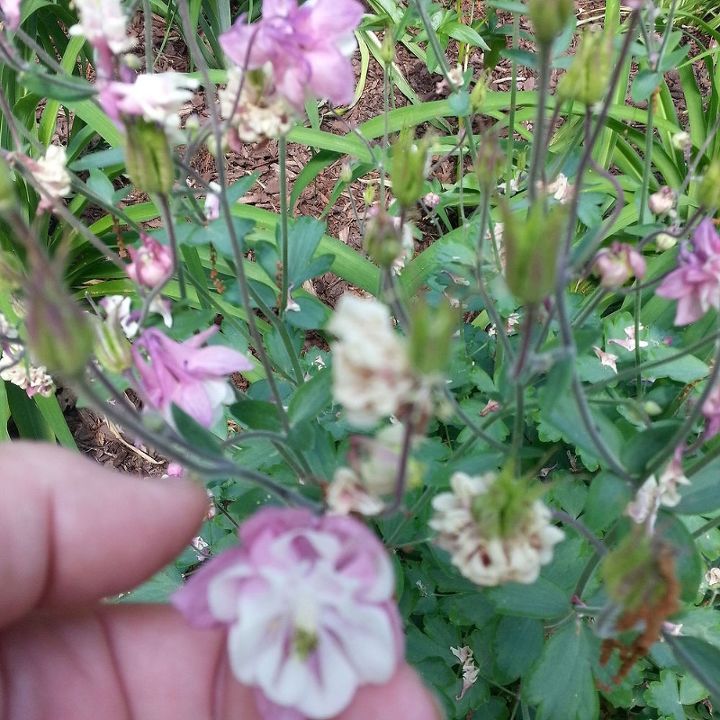
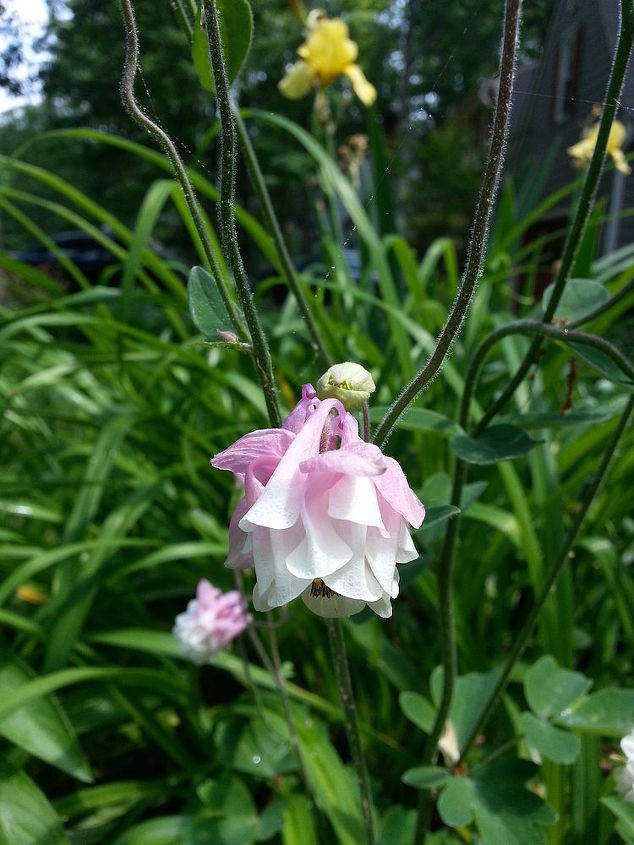
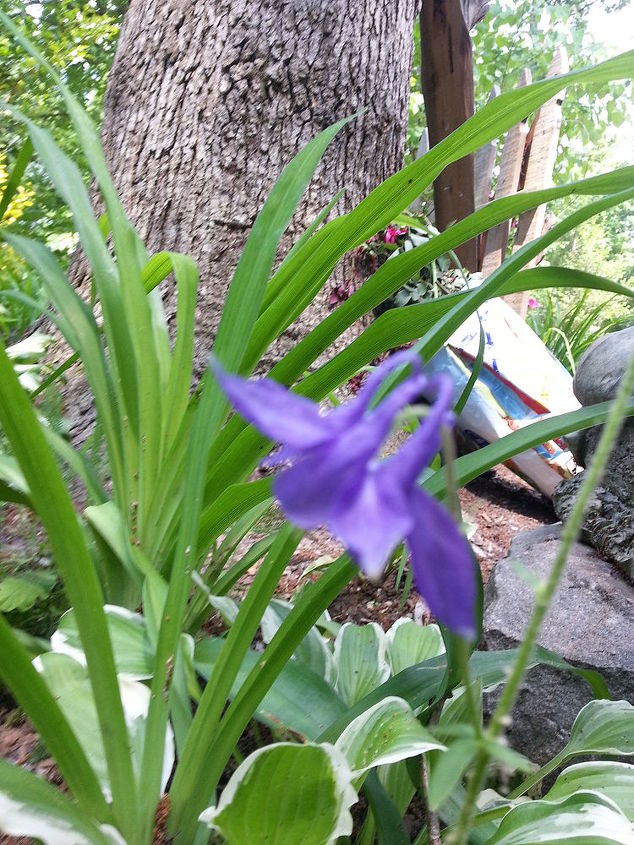
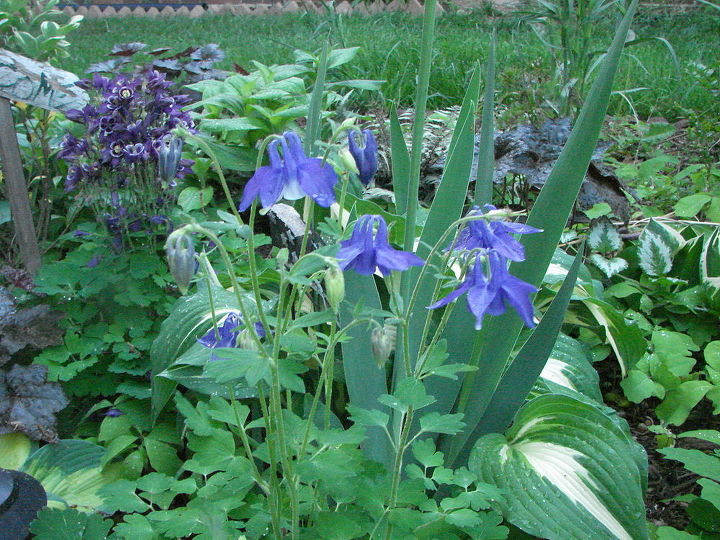
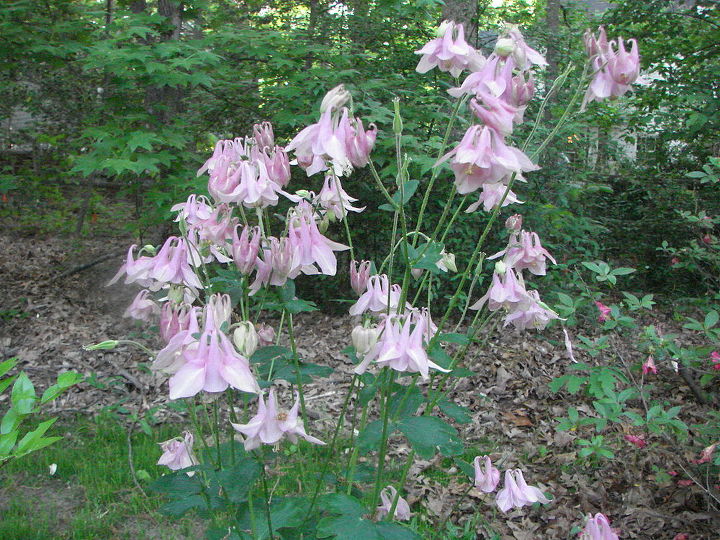
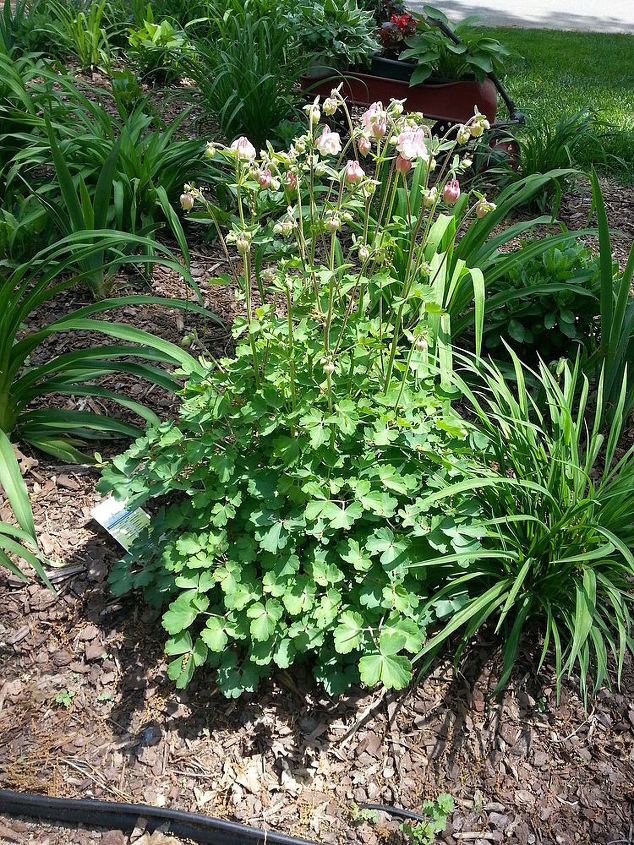
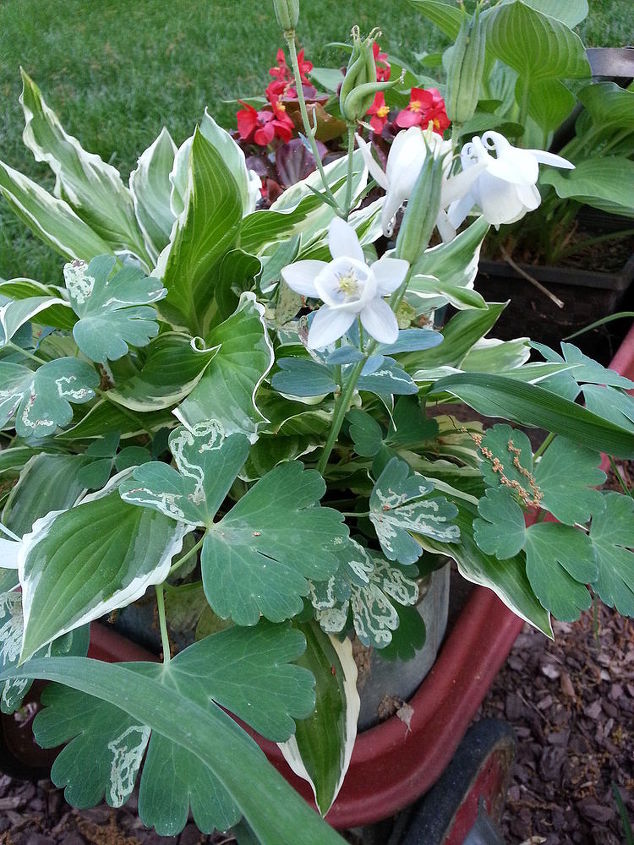
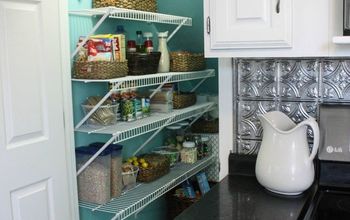
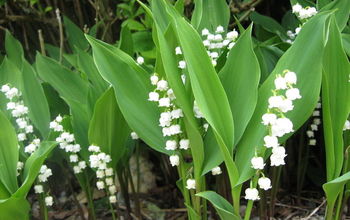



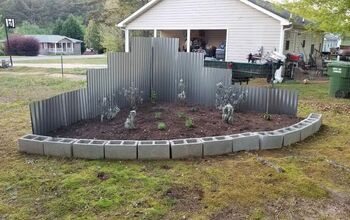


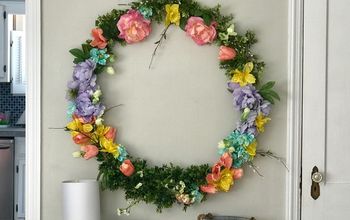
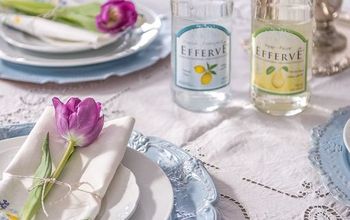
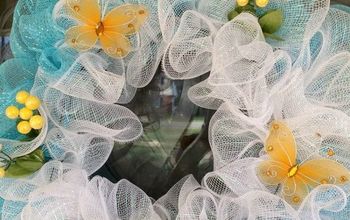





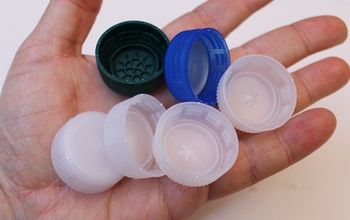
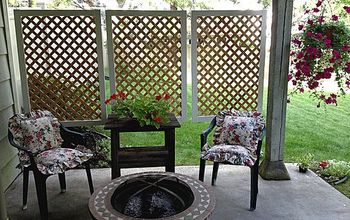





Frequently asked questions
Have a question about this project?